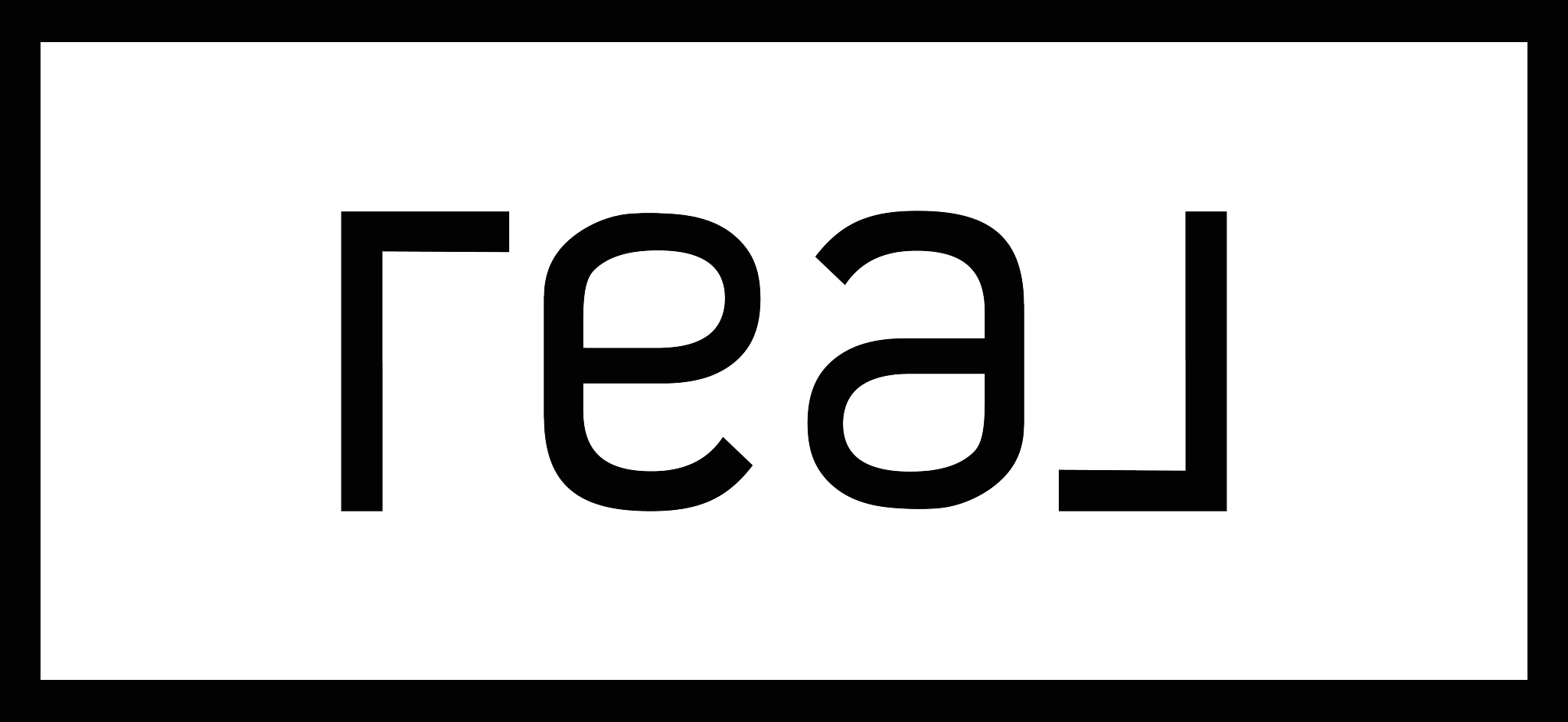Maximizing Your 30A Home-Buying Budget: A Comprehensive Guide
Buying a home on Florida’s scenic 30A coastline is a dream for many, but like any real estate investment, maximizing your budget is key. From cozy condos in Seagrove Beach to luxury beachfront homes in Rosemary Beach, 30A real estate offers an array of choices that suit different lifestyles and budgets. This guide will walk you through strategic steps to get the most out of your budget in the competitive 30A real estate market, helping you make a wise investment in your dream beach property.
1. Define Your True Budget for 30A Real Estate
Before diving into listings, it’s essential to understand the true cost of owning a home on 30A. Beyond the mortgage, you’ll need to factor in property taxes, homeowner's insurance (which may be higher for beach properties), Homeowners Association (HOA) fees in certain communities, and maintenance costs. Properties close to the beach or in prestigious areas like Seaside and Alys Beach may come with premium prices for these additional costs.
Consider the following:
- Property Taxes: The property tax rate on 30A varies based on location, home value, and additional factors.
- Insurance: Beachfront properties may require additional coverage for wind, flood, and hurricane protection.
- HOA Fees: Many 30A communities, such as WaterSound and Seaside, have HOA fees that cover amenities like beach access, landscaping, and security.
Once you’re aware of these costs, getting pre-approved for a mortgage will solidify what you can comfortably spend. This step is vital in a market as competitive as 30A, where pre-approval demonstrates you’re a serious buyer and may give you an edge when bidding.
2. Prioritize Your Must-Haves in a 30A Property
Living on 30A offers a unique beach lifestyle, so it’s easy to get swept up in exciting features like ocean views or proximity to upscale restaurants. However, identifying your non-negotiables will help you stick to your budget. Make a list of your must-haves versus nice-to-haves in your new 30A home, focusing on what will enhance your experience without inflating your budget.
Examples of must-haves could include:
- Proximity to the Beach: Walking distance vs. a short bike ride can impact home prices.
- Investment Potential: Look for properties with high short-term rental potential if you’re interested in vacation rentals.
- Outdoor Space: A backyard, patio, or balcony is especially desirable for enjoying the beach weather.
This clarity ensures you invest in what truly matters, allowing you to avoid overspending on elements that can be added or upgraded over time.
3. Explore Emerging 30A Neighborhoods for Budget-Friendly Options
While communities like Seaside and Rosemary Beach may have a premium price tag, 30A also features emerging neighborhoods that offer great value and potential for growth. For instance, Santa Rosa Beach is an expanding area with a variety of property types that can suit a range of budgets. Similarly, Blue Mountain Beach and Inlet Beach offer hidden gems where you might find a fixer-upper or a property with untapped potential.
These less-established areas often provide more square footage for the price and have properties with increasing rental demand, making them ideal for buyers looking for a long-term investment.
4. Consider Different Property Types on 30A
From condos in Seacrest Beach to cottages in Grayton Beach, 30A offers various property types that cater to different budgets. While single-family homes tend to be the go-to option, staying open to townhomes, condos, or even duplexes may help you stretch your dollar further. Properties like these in high-demand areas—such as Prominence on 30A—can offer excellent value with less maintenance required than a stand-alone home.
Opting for an older home or one that needs some cosmetic updates can also save money. If you’re willing to invest in upgrades like fresh paint, new flooring, or modern fixtures, you can transform an affordable home into a stylish coastal retreat.
5. Always Conduct a Home Inspection on 30A Properties
With any real estate investment, skipping a home inspection can lead to costly surprises, and this is particularly true on 30A, where beachside properties may experience additional wear and tear from the salt air and humidity. An inspection will reveal potential issues like water damage, mold, or structural wear, which are essential to know upfront.
If your inspector uncovers any issues, you can negotiate repairs or price adjustments with the seller, potentially saving thousands in post-purchase repairs.
6. Negotiate Closing Costs to Free Up Your Budget
In a high-demand market like 30A, negotiation can be crucial to maximizing your budget. Buyers often overlook closing costs, but these can be a significant expense. Depending on the property and seller's motivation, you may be able to negotiate for the seller to cover a portion of the closing costs.
When working with an experienced 30A real estate agent, you gain insight into the market and leverage to potentially reduce these fees, freeing up funds for other home expenses.
7. Be Prepared to Act Quickly in the 30A Market
With 30A’s real estate market booming, homes—especially those priced well—tend to move fast. To secure your ideal home within budget, it’s essential to act swiftly. This is where having a pre-approval letter, a prioritized list of must-haves, and an experienced 30A real estate agent become invaluable.
Preparedness not only prevents losing out on a prime listing but also reduces the chance of getting caught in a bidding war that could push the price beyond your budget.
8. Think Long-Term and Plan for Future Upgrades
Sometimes, the perfect 30A home may seem slightly out of reach financially. However, buying a home with solid "bones" and in a desirable location—such as a home near 30A’s famous beaches or tucked into an emerging neighborhood—can be a smart investment if you’re willing to consider future improvements.
Upgrades such as a modernized kitchen, an additional bathroom, or enhanced outdoor living spaces can be done incrementally, allowing you to add value over time while keeping the initial purchase within your budget. These improvements not only create a more personalized space but can increase the property’s value if you decide to sell.
Maximizing Your Budget on 30A: A Smart Path to Your Dream Home
Owning a home on 30A is both a financial and lifestyle investment, and it’s achievable on a variety of budgets with the right approach. By setting a realistic budget, prioritizing essential features, and exploring emerging areas, you can find a 30A property that meets your needs without compromising your finances. Staying open to different property types, focusing on long-term potential, and working with a knowledgeable 30A real estate agent can help you secure the best possible deal.
The 30A real estate market offers properties for every type of buyer, from year-round residents to those seeking a vacation home or rental investment. Whether you're eyeing a cozy condo in Seaside or a spacious home in Blue Mountain Beach, there are numerous strategies to help you stretch your dollars while making the most of your 30A home-buying experience. Embrace the journey, stay flexible, and before you know it, you'll be enjoying all the charm and beauty that 30A has to offer.
How far will your budget go?
Curious what you can get for your budget on 30A? Reach out, and I'll let you know.




